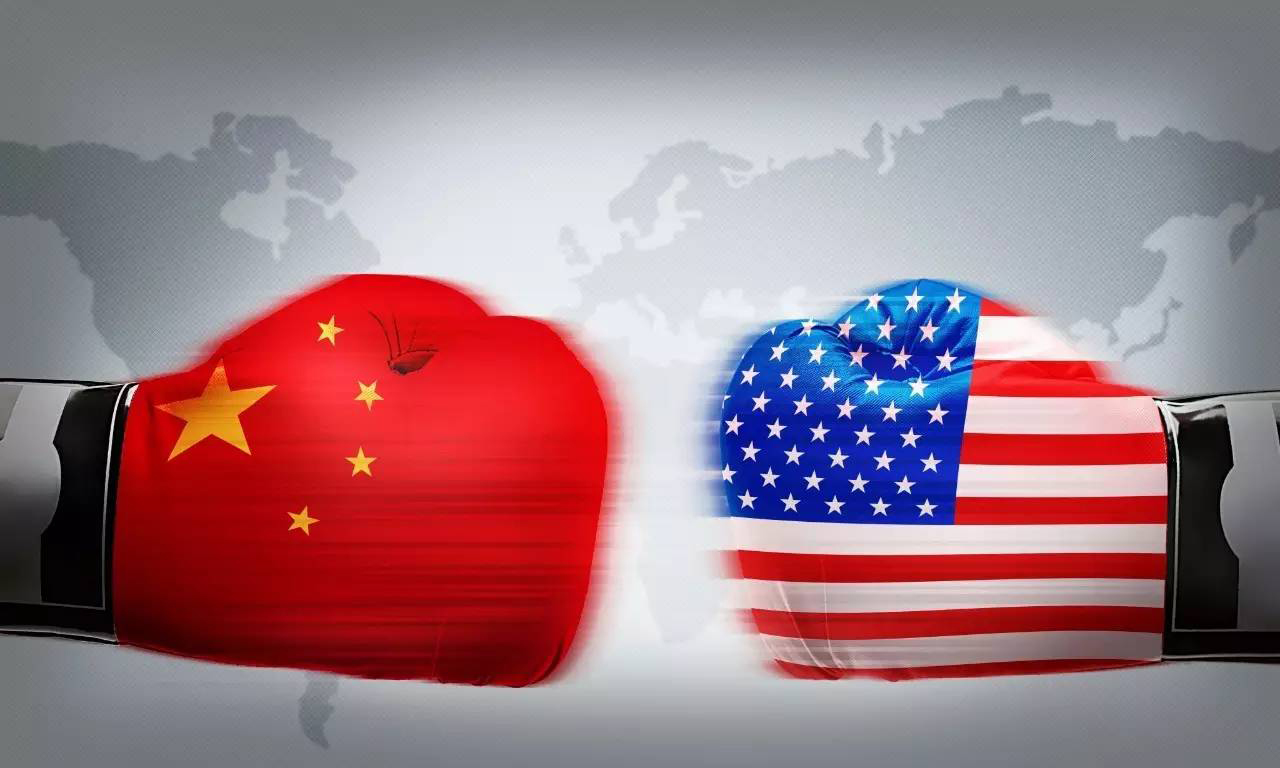
The deadline in the pause of the China-US trade war will pass without the promised increase in tariffs by the Trump administration. This will be predictable since the Trump administration’s negotiation pattern has been to escalate tensions and then agree to a modest change. We saw this in the result of the NAFTA 2.0 agreement, also known as the United States–Mexico–Canada Agreement (USMCA). Only minor changes were made, such as increasing the rules of origin, increasing minimum wages in the US and Mexico, and the insertion of Article 32.10 which stipulates that parties of the USMCA agreement must inform each other if they were going to negotiate any free trade agreement with any non-market state. We should expect a similar result in outcomes of the China-US trade negotiations. The reasons are several fold.
First, political expediency in both China and the US demands that both Presidents Xi and Trump deescalate trade tensions and focus on their respective country’s domestic politics. For Xi, the trade war has aggravated an already slowing Chinese economy. Having removed term limits and holding the chairmanship of all the important Leading Study Groups (LSG), it is increasingly difficult for President Xi to deflect domestic criticism that his economic and security policies have led the US to take such a hard line against China. It will be difficult for Xi to establish an agreement saves face and doesn’t appear to be imposed by the US, but this is ultimately necessary in order to stabilize the Chinese economy and continue the pursuit of realizing “socialist modernization” by 2035, and to “have built a modern socialist country that is strong, prosperous, democratic, culturally advanced, and harmonious” by 2049.
President Trump, on the other hand, has unleashed a trade war that is negatively impacting many of the people that voted for him such as small and medium sized manufacturers and those working in the agricultural sector. The former is especially prone to price fluctuations in raw materials and the latter to targeted sanctions. With China seeking to substitute US agricultural products such as soya beans with Russia agriculture imports, a prolongation of Trump’s trade war may have a long-lasting harmful impact on a $10.1 billion industry and a crucial support group for his 2020 re-election.
Second, convincing China to make structural reforms to its economy is not something that can be achieved in several years, let alone a 90-day pause. The US dollar’s role as the most reliable currency has facilitated the financing of domestic consumption of imported goods from China. This, hand in hand with the global production network being based in China and supported by China’s advantage in labour, indicates that there is little that both sides can do to address the structural differences between them in the short to mid-term. This would require a substantial transformation in both countries’ consumption habits, manufacturing sectors, and their economies.
In the US, automation and innovations such as 4-D printing and AI will decrease the costs of domestic manufacturing by replacing workers and decreasing wages, only enhancing the need for cheap imports from China.
In contrast, China needs to maintain its central role in global production networks in order to provide sustainable, stable economic growth and create much-needed jobs, especially as it aims to transform its economy based on the Made in China 2025 strategy. If successful, China will reduce its dependence on foreign technology and China will become a springboard to promote Chinese high-tech firms globally.
Third, intellectual property rights (IPR) infractions, forced technology transfers, and closed markets remain difficult areas to enforce and find compromise. In the case of IPR theft and forced technology transfers, an understanding may be achieved but the real challenge is enforcement. Will the US let Chinese courts deal with the issue or will China allow US inspectors to operate in China to ensure that IPR is being rigorously protected and that technologies are not being transferred without full consent?
The answer to both questions is no. The US will not agree to non-independent Chinese courts enforcing IPR or technology transfer laws. The same can be said of China not willing to have US IPR compliance inspectors on Chinese soil.
Fourth, both countries are strategic rivals in several domains, including economics, technology and security. China sees the Asia-Pacific region as its traditional sphere of influence. As its economy continues to grow, so will it return to the central organizing state within the region as it will be the largest trading partner to all its neighbours. This inevitability has challenged the US’ economic, diplomatic and security dominance in the region since the end of WW2.
Within the technology sphere, if the Made in China 2025 strategy is successful, it will transform China into a formidable competitor of the US at all levels of national power. US demands for China to relinquish Made in China 2025 as part of any trade deal will fall upon deaf ears in Zhongnanhai as this strategy is intricately tied to President Xi’s China Dream, which aims to see the great rejuvenation of the Chinese nation and people under Communist Party rule.
In short, the China-US trade détente has prioritized immediacy over substance. Significant structural imbalances and differences between the US and China will remain. Both will become more pronounced as the China-US rivalry continuous to intensify in the coming years.
